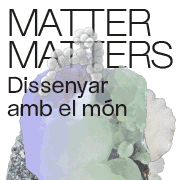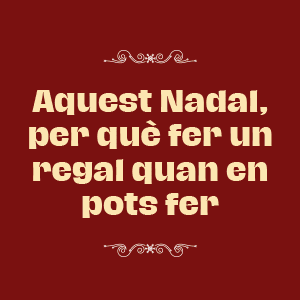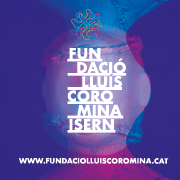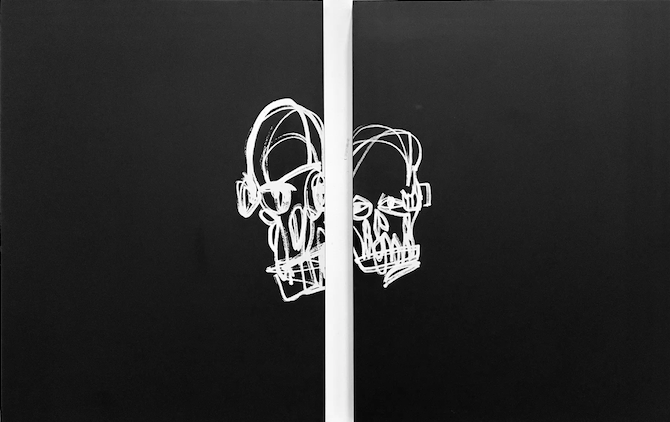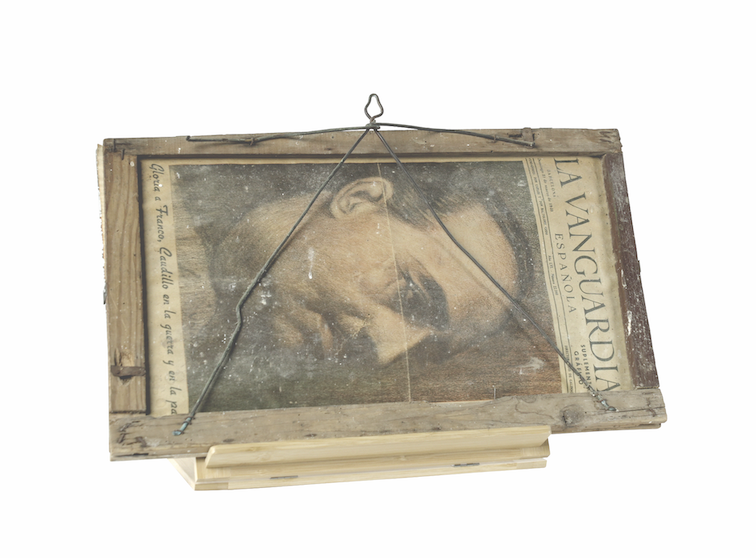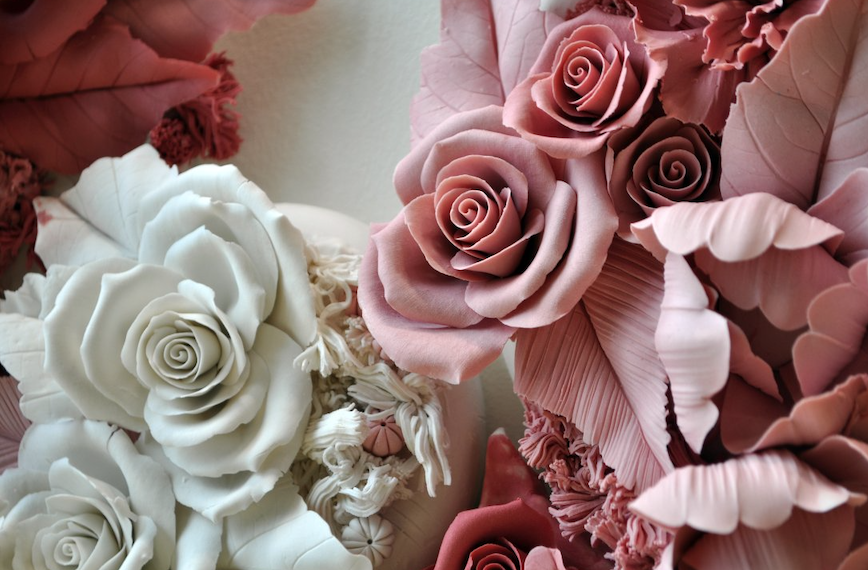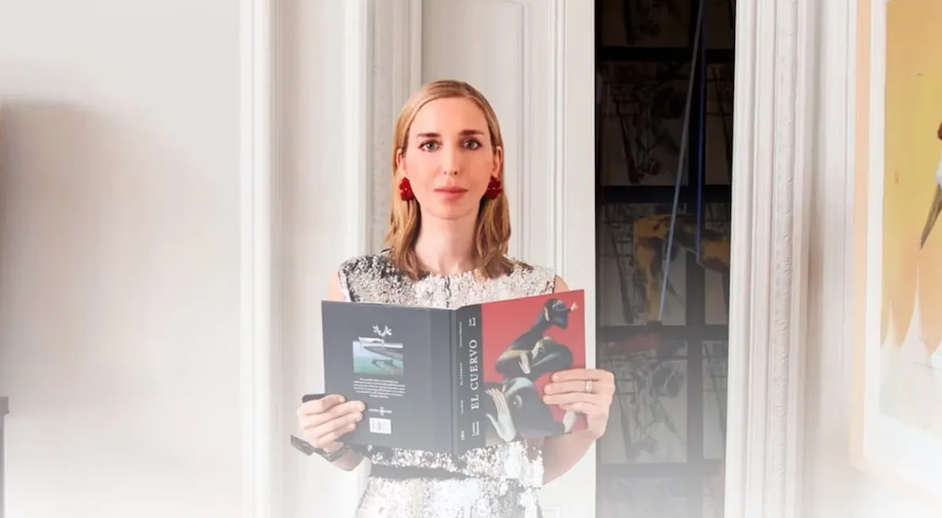Exhibitions
Fundació Mapre offers an unprecedented look at the work of Chagall and a careful retrospective of Christer Strömholm
Two apparently very different trajectories but which express a deep commitment to the human condition can be visited from February 2nd to May 5th in the Foundation's exhibition hall, at Passeig de Recoletos, 23.
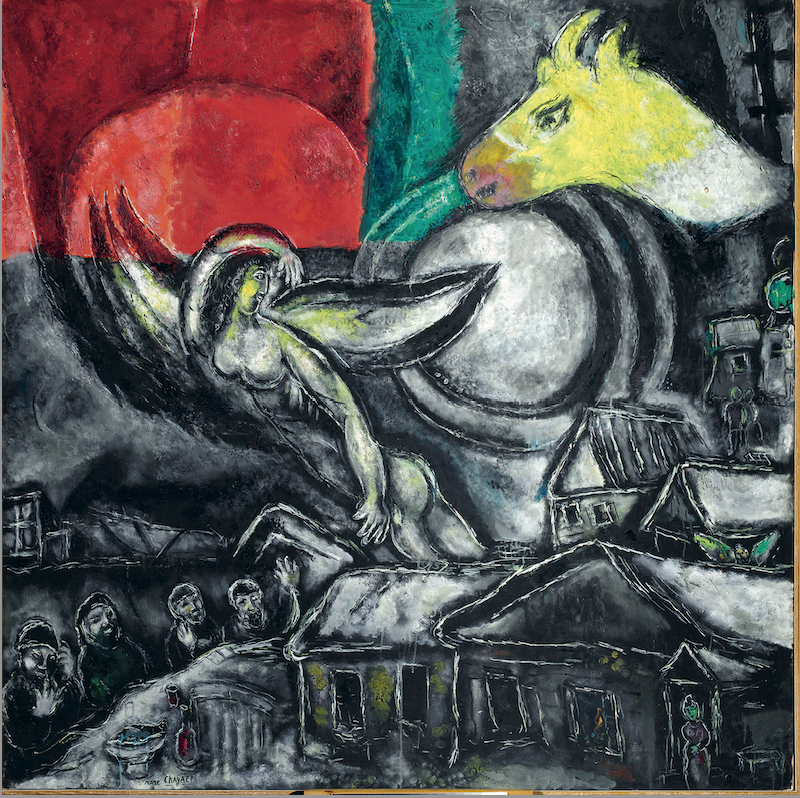
The MAPFRE Foundation presented two new Chagall exhibitions on January 31. A cry of freedom and Christer Strömholm. Both artists lived very differently the European historical events of the first half of the 20th century and they confront us through their work.
Chagall. A cry of freedom'
Throughout his life, Marc Chagall went through some of the most traumatic events of the 20th century, including the two world wars, which forced him to experience uprooting and migration, a condition embodied by the figures who populate so many of his paintings. From his childhood in Russia, where he was born, through France, Germany, Palestine and the United States, to his return to France after a seven-year exile, the exhibition takes a complete tour of his career artistic
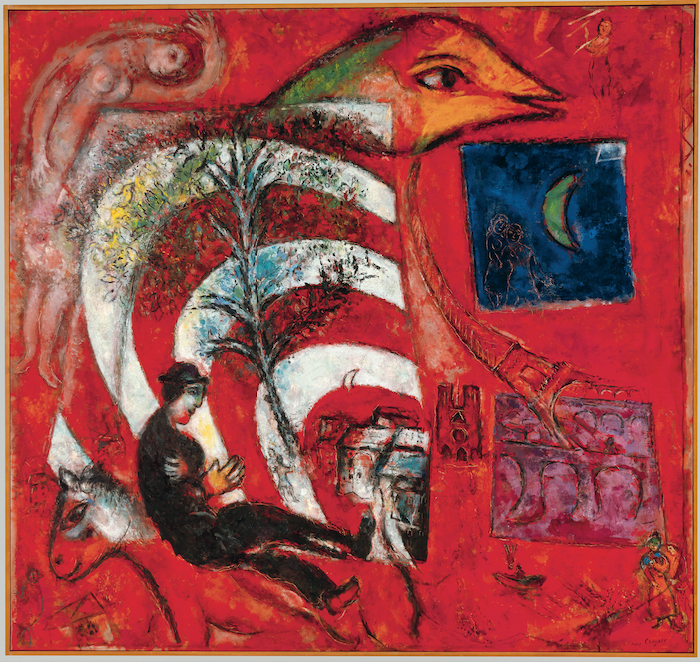 Marc Chagall. Arc-en-ciel, 1967. © Marc Chagall / VEGAP, Madrid, 2024
Marc Chagall. Arc-en-ciel, 1967. © Marc Chagall / VEGAP, Madrid, 2024
In defiance of the precepts of his Hasidic bean roots, which restricted the representation of three-dimensional images to avoid the temptation of idolatry, Chagall began his career as an artist very early. Perhaps this restriction was one of the reasons why his painting always remained in the realm of figurative representation. Marked by the vicissitudes of life, his work moves in a world between the real and the imaginary, showing, however, the deep commitment of its author to man and his rights, to equality and tolerance between beings.
This exhibition, curated by Ambre Gauthier and Meret Meyer, thus touches on some of the issues that most concerned the artist from a new point of view. The archival work and in-depth research work undertaken for this project seek to open paths to a new reading of Chagall's work and highlight his unwavering faith in universal harmony and peace, by establishing glances and dialogues crossed with the story that was being written.
With a route arranged chronologically and thematically, the exhibition is made up of more than one hundred and sixty works and more than ninety documents, most of them unpublished, from the Marc and Ida Chagall Archive. It will also be possible to see, for the first time, a selection of the artist's writings in Yiddish, his mother tongue, in which he preferably expressed political and humanist commitments.
The exhibition highlights the presence of some key works in the artist's career and the exhibition discourse such as the Commedia dell'arte, which welcomes the visitor. In this work of monumental dimensions, commissioned to the artist for the theater in Frankfurt after the Second World War, Chagall compares the spectacle of the circus with the tragic nature of human existence.
The tour also highlights The Green Violinist, exceptional loan from the Solomon R. Guggenheim Museum in New York, a painting in which the artist reflects his own sense of uprooting after leaving Russia for good in 1922, through the representation of the violinist, a key figure in Jewish ceremonies, wandering aimlessly on the rooftops of his native city. On the other hand, The crucifixion in yellow, made during the Second World War, when the artist was in exile, symbolizes the suffering of the Jewish people through the representation of Christ with the white prayer cloth or tallit around the hips.
Among the works carried out in the last decades of his life, the studies for the monumental ensembles around the theme of peace stand out, such as those for the stained glass for the headquarters of the United Nations in New York or those for the stained glass windows of the chapel of the Cordelers of Sarreburg.
Finally, The Fall of Icarus closes the tour and functions as a metaphor with which the artist shows how only commitment to equality and freedom and respect for others can save us from falling into the void, while exemplifying the exploration of techniques, colors and impastos that feature in the artist's late work.
The exhibition has been co-organized by the MAPFRE Foundation, the Piscine – the Musée d'Art et d'Industrie André-Diligent, Roubaix, and the Musée National Marc Chagall, Nice.
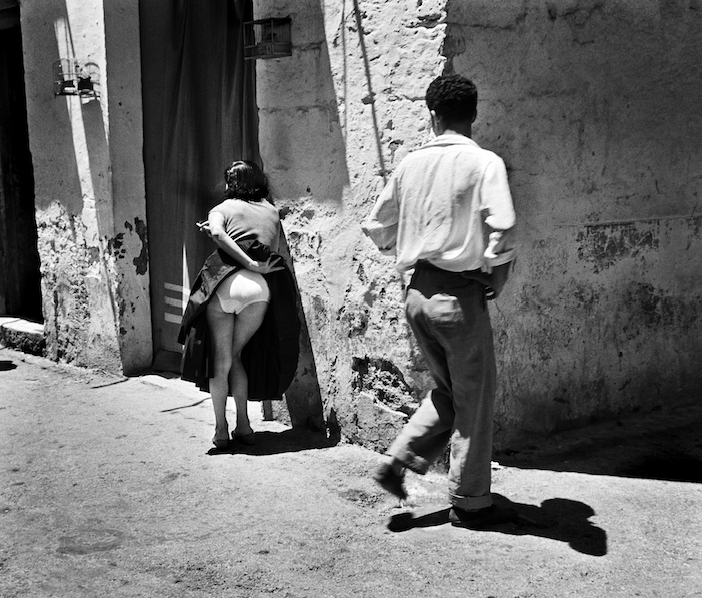 Christer Strömholm. Palma de Mallorca, 1959. © Christer Strömholm Estate
Christer Strömholm. Palma de Mallorca, 1959. © Christer Strömholm Estate
Christer Strömholm
In addition, the Foundation has presented the retrospective exhibition of the Swedish photographer Christer Strömholm (Stockholm, 1918-2002), one of the most emblematic artists of post-war European photography, whose greatest recognition came to him somewhat late, when he was awarded the Hasselblad Award in 1997.
At only sixteen years old, Christer Strömholm experienced a traumatic event that would mark his life and artistic career: his father's suicide. This event, together with his participation in the Spanish Civil War and the Second World War, left a strong mark on his life and his work, which will always be imbued with humanism and social commitment, which combines with a certain documentary nature.
From a very young age, Strömholm had traveled all over the world. After the war, in 1947, he returned to Paris, where he realized that the photographic image allowed him to express himself in a way according to his desires, from which point he would not stop making images
In the selection of images you can see those made in Spain. Strömholm arrived in our country in 1938, in the middle of the civil war, when he was twenty years old, which meant the awakening of his political consciousness, since he occasionally acted as a mailman for the Republicans.
In the late 1950s he returned again, this time as a tour guide on bus trips from Sweden. He then visited places such as Barcelona, Madrid and Palma de Mallorca. This work gave him the opportunity to photograph urban environments, prostitutes, civil guards, American marines, chaplains and children.
Together with the poet and writer Lasse Söderberg he was again in Spain in 1962 and 1963. Many years later, in 2013, the book Resa i svímhort [Journey in black and white] was published, in which they recounted how they experienced the social reality of the country under the Franco regime.
The exhibition has more than one hundred and fifty images and various archival documentation, among which is the film Blunda och es [Close your eyes and voice], made by his son, Joakim Strömholm, in 1996.
The exhibition tour delves into the life and work of Christer Strömholm: from his participation in the German group Fotoform, in the early fifties, through his multiple travels around the world, urban photography and portraits of artists.


